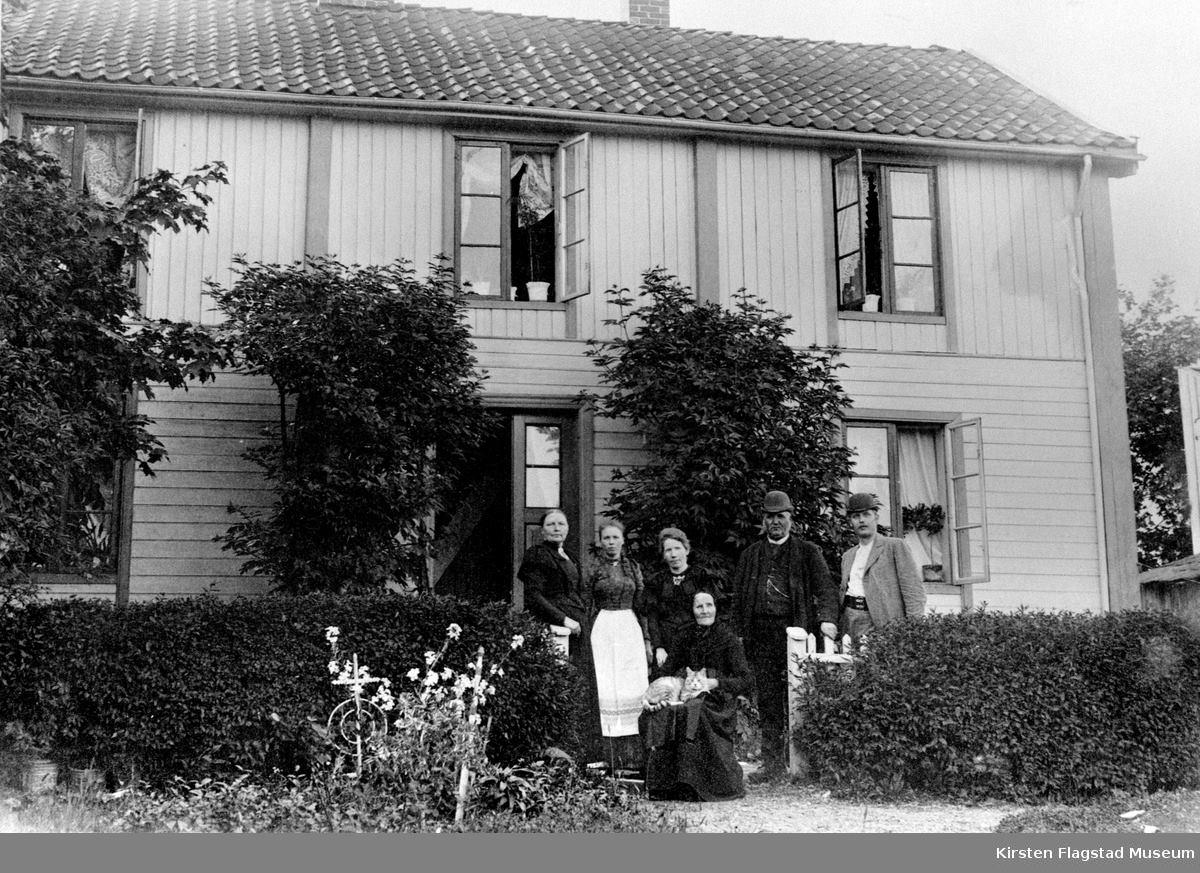- 1/1
Strandstuen was one of the five smaller farms that were located in the area that was regulated to the urban area when it was decided to restore the market town of Hamar in the late 1840s. The place is marked on a map from 1821. It belonged under the Storhamar estate.
In the 1840s, Mikkel Olsen Flagstad, a gunsmith, leased himself to this place. When the first map of the new Hamar city was drawn in 1848-49, the street square was not adapted to any of the buildings that were located here beforehand. Strandstuen was placed a little lower than today, in the middle of what was to be Kirkegata.
Most of the dirt road that had belonged to the site was regulated as urban land. Therefore, in 1849, a contract was signed between the landowner, proprietor Carl Krog at Storhamar and the tenant Mikkel Olsen Flagstad, that Mikkel's space rent should be gradually reduced as the grounds to Strandstuen was redeveloped or sold.
Mikkel must probably have arranged the sublease of the farmhouse in Strandstuen as well. Mads Gjestvang sold his farm at Nes and settled down as a merchant in the building in 1849. Possibly he was aiming to make "fast" money, before future competitors managed to get up business farms and start their trade.
Gjestvang ran a shop in Strandstuen for a couple of years. Later he traveled to California and Australia as a gold digger. In 1893 he returned to Norway and bought back the farm at Nes, where he had begun his professional life.
When Mads Gjestvang emigrated, Strandstuen had to be demolished or moved, so that Kirkegata could be worked up. There are many indications that it was the gunsmith Mikkel Olsen Flagstad who arranged this. He had a lease on the building, which ran from Christmas Eve 1846 and ten years on. In 1855, Flagstad obtained the deeds to the lot where Strandstuen located today.
